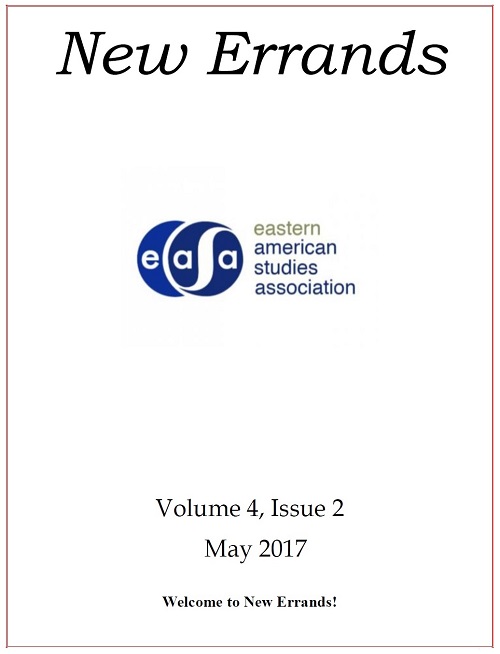American Women in World War Two: The Impact of Rationing and Shortages on Eating and Food Procurement
DOI:
https://doi.org/10.18113/P8ne4260343Abstract
The American household of the 1930's and 1940's was much more centered around meals than the households of today. The cultural expectation was that the table would be set with dishes, cutlery, napkins, centerpieces, and a table cloth at every meal. Working men and schoolchildren would typically come home for lunch. It was the expectation that wives would provide three meals a day, each consisting of multiple courses and at least dinner would include a dessert. The wife was expected to make these meals pleasing for her husband, filling for all, and nutritionally balanced. The woman of the house also did the budgeting, meal planning, and shopping. With the United States' entry into World War Two following the attack on Pearl Harbor, there was a stark increase in the obstacles to achieving this standard, though the expectations remained the same. Faced with limited time, a constantly changing rationing system, and wide-ranging shortages and scarcities, American shopping, cooking, and eating adapted to fit wartime needs.

American Women in World War Two: The Impact of Rationing and Shortages on Eating and Food Procurement by Alicia Depler is licensed under a Creative Commons Attribution 4.0 International License

